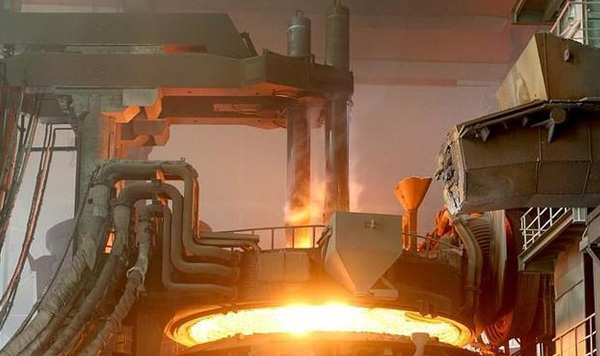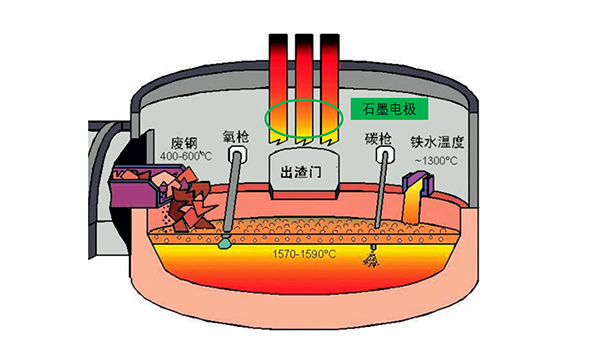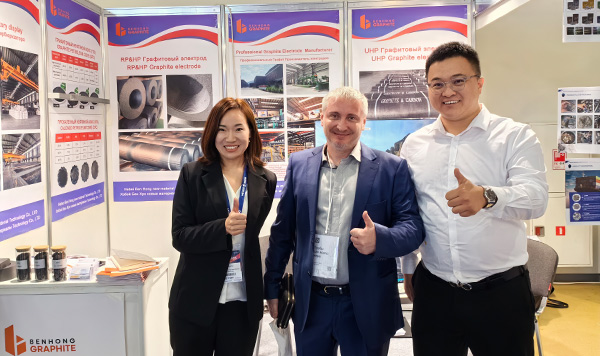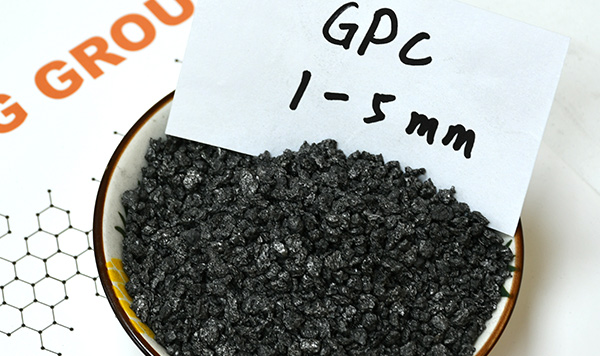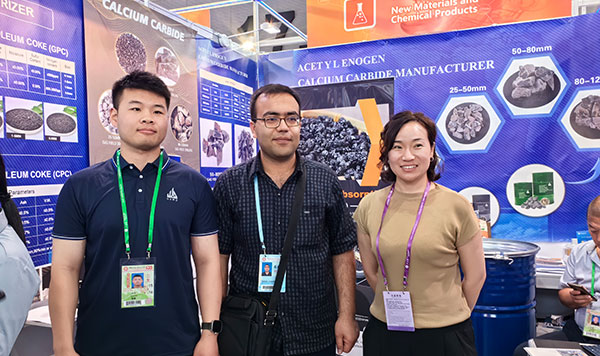Graphitization is a process of generating graphite. In fact, it is the process of converting carbon substances with other crystal structures into graphite crystal structures. Generally speaking, graphitization is a high-temperature heat treatment process in which carbon products are heated to above 2300°C in a protective medium in a high-temperature electric furnace to convert amorphous turbostratic carbon into a three-dimensional ordered graphite crystal structure.
Graphitization can improve the volume density, electrical conductivity, thermal conductivity, corrosion resistance and machining performance of the product. It is a key process in the production process of artificial graphite anodes.
Raw materials for producing graphite
Petroleum coke, needle coke and coal pitch are the raw materials for producing graphite. Petroleum coke is a combustible solid product obtained by coking petroleum residue and petroleum asphalt. It is black and porous, the main element is carbon, and the ash content is very low, generally less than 0.5%. Petroleum coke is a type of easily graphitizable carbon. Petroleum coke is widely used in chemical industry, metallurgy and other industries. It is the main raw material for the production of artificial graphite products and carbon products for electrolytic aluminum. Petroleum coke can be divided into two types according to the heat treatment temperature: raw coke and calcined coke. The former is petroleum coke obtained by delayed coking, which contains a large amount of volatile matter and has low mechanical strength. The latter is obtained by calcining raw coke. Most refineries in China only produce raw coke, and calcination operations are mostly carried out in carbon plants.
Needle coke is a high-quality coke with obvious fibrous texture in appearance, extremely low thermal expansion coefficient and easy graphitization. When the coke block breaks, it can split into long and thin strip particles according to the texture (the aspect ratio is generally above 1.75). Anisotropic fiber-like structures can be observed under a polarizing microscope, so they are called needle focus.
The anisotropy of the physical and mechanical properties of needle coke is very obvious. It has good electrical and thermal conductivity parallel to the long axis of the particles, and has a low thermal expansion coefficient. During extrusion molding, the long axes of most particles are arranged in the extrusion direction. Therefore, needle coke is a key raw material for making graphite. The graphite produced has low resistivity, small thermal expansion coefficient and good thermal shock resistance.
Coal pitch is one of the main products of coal tar deep processing. It is a mixture of various hydrocarbons. It is a black semi-solid or solid with high viscosity at room temperature. It has no fixed melting point. It softens and then melts when heated. The density is 1.25-1.35g/cm³. According to its softening point, it is divided into three types: low temperature, medium and high temperature asphalt.
Coal pitch is used as a binder and impregnating agent in the carbon industry, and its performance has a great impact on the production process and product quality of carbon products. The binder asphalt generally uses medium-temperature or medium-temperature modified asphalt with moderate softening point, high coking value and high β-resin. The impregnating agent should use medium-temperature asphalt with lower softening point, low QI and good rheological properties.
The purpose and function of graphitization
① Improve the electrical and thermal conductivity of carbon materials (the resistivity is reduced by 4-5 times, and the thermal conductivity is increased by about 10 times);
② Improve the thermal shock resistance and chemical stability of carbon materials (the linear expansion coefficient is reduced by 50-80%);
③ Make the carbon material have lubricity and anti-wear properties;
④Remove impurities and improve the purity of carbon materials (the ash content of the product is reduced from 0.5-0.8% to about 0.3%).
Realization of graphitization process
Graphitization of carbon materials is carried out at high temperatures of 2300-3000°C. Therefore, it can only be achieved industrially through electric heating, that is, current passes directly through the heated roasted product. At this time, the roasted product loaded into the furnace generates high temperature through the current. The conductor is also an object that is heated to high temperature.
Currently widely used furnace types include Acheson graphitization furnace and internal heating tandem furnace. The former has large output, large temperature difference, and high power consumption, while the latter has short heating time, low power consumption, uniform resistivity, but is difficult to install joints.
The control of the graphitization process is based on temperature measurement to determine the electric power curve that is suitable for the temperature rise. The power-on time is 50-80 hours for the Acheson furnace and 9-15 hours for the internal heat series furnace.
Graphitization consumes a lot of electricity, generally 3200-4800KWh, and the process cost accounts for about 20-35% of the entire production cost.
Inspection of graphitized products: appearance tapping, resistivity test.
Mechanical processing: The purpose of mechanical processing of carbon graphite materials is to rely on cutting processing to achieve the required size, shape, precision, etc., and to make graphite products that meet the requirements of use.


